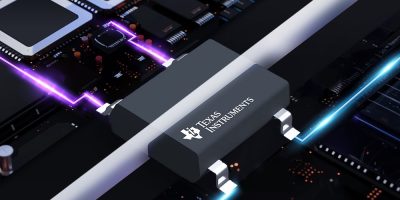Signal isolation devices extend HV industrial and automotive applications
Opto-emulator portfolio of signal isolation semiconductors from Texas Instruments are designed to improve signal integrity, consume less power, and extend the lifetime of high voltage (HV) industrial and automotive applications.
The inaugural opto-emulators are pin-to-pin compatible with the industry’s most common optocouplers, said the company, in order for them to be seamlessly integrated into existing designs leveraging silicon dioxide (SiO2)-based isolation technology. For more information, see TI.com/opto-emulators.
Optocouplers, which integrate an LED to isolate the signal, typically require upfront overdesign to compensate for the inevitable aging effects of LEDs. These opto-emulators eliminate the need for overdesign by using SiO2 for the isolation barrier, removing the effects of LED ageing altogether, said TI.
The SiO2 isolation barrier has a high dielectric strength of 500V RMS per micron, which enables the devices to protect end-product designs for more than 40 years, said TI. Opto-emulators also provide isolation protection as high as 3,750V RMS, while reducing power consumption by as much as 80 per cent.
The opto-emulators are able to withstand wide operating temperature ranges from -55 to +125 degrees C, while providing common-mode transient immunity up to 10 times higher than optocouplers, added TI.
Preproduction quantities of opto-emulator products are available now. The package options start from 4.8 x 3.5mm in size.
Evaluation modules are also available.
Automotive versions of the opto-emulator products are expected to be available in 2024.




